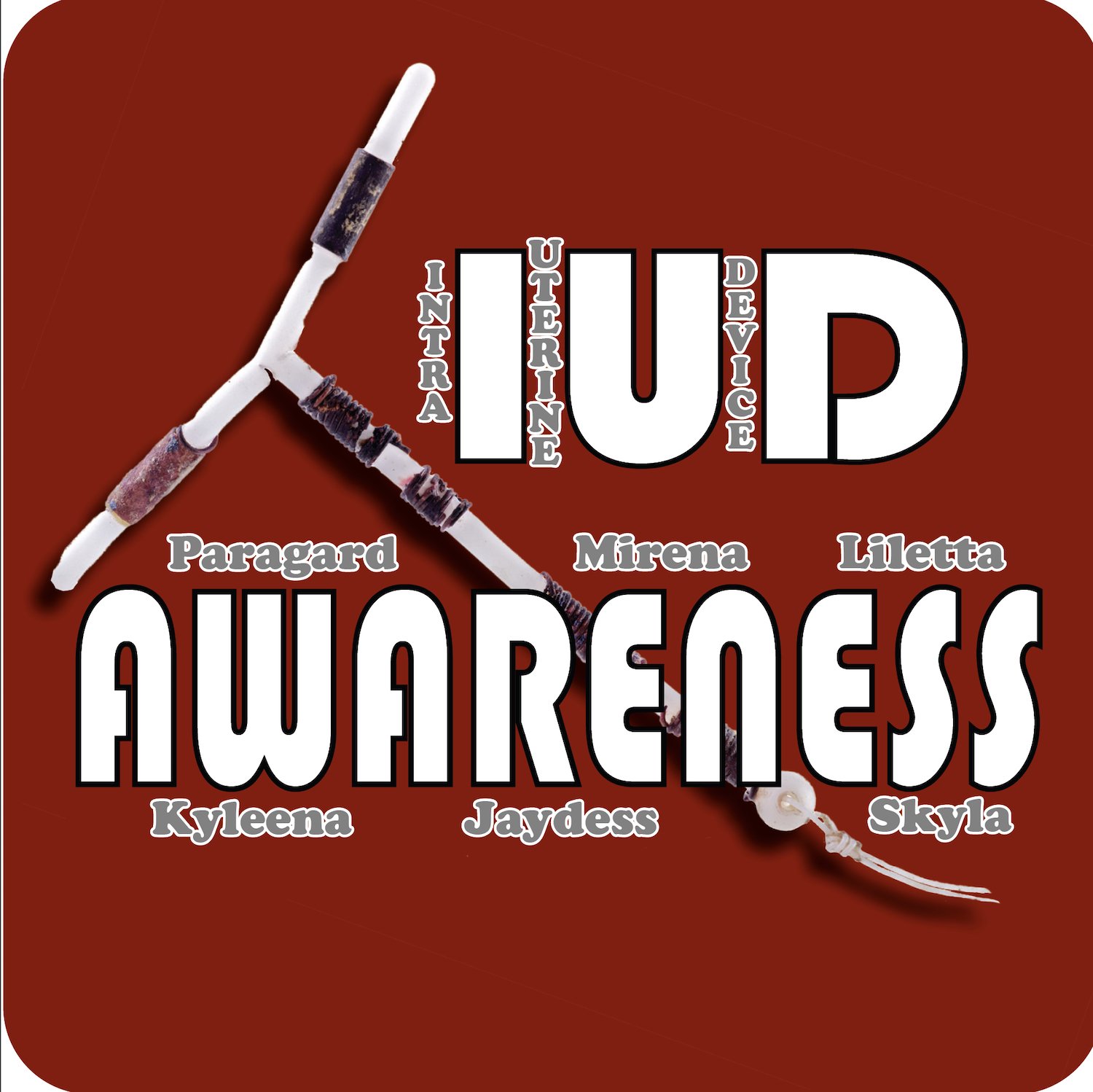Your chances of getting pregnant after a tubal ligation or IUD placement may be higher than you think
/Your chances of getting pregnant after a tubal ligation or IUD placement may be higher than you think
By Christina Bennett
June 2, 2022 - Natural Womanhood
“If you’ve ever discussed your options for permanent or long-term contraception with your reproductive healthcare provider, you’ve likely heard the oft-cited statistic that pregnancy occurs “less than 1 percent” of the time after female sterilization procedures or intrauterine device (IUD) placement. But a recent study from the University of California, San Francisco (UCSF), is calling some of those effectiveness stats into question. As it turns out, women’s chances of getting pregnant in the first year after permanent sterilization or IUD placement may actually be higher than the often touted “less than 1 percent chance” with these contraceptive methods [1].
The UCSF researchers evaluated pregnancy rates and complications after sterilization and placement of an IUD for more than 83,000 women in California who were enrolled in Medicaid, a public health insurance plan for low-income patients. Researchers recruited participants between 2008 and 2014, following each one for 12 months post-sterilization or IUD placement. “
“The study also detailed the complications many of the women experienced with these methods:
To summarize the results, between six months and one year after tubal ligation or IUD placement (complications were not evaluated beyond one year), the following issues were seen:Among women who had tubal ligation, 21% had pain in an area other than the abdomen, 14% had abdominal pain and gastrointestinal symptoms, 10% had pelvic pain, 6% had menstrual bleeding concerns, and 2% had genitourinary pain.
Among women who had levonorgestrel IUD placement, 15% had pain in an area other than the abdomen, 10% had abdominal pain and gastrointestinal symptoms, 6% had pelvic pain, 5% had menstrual bleeding concerns, and 1% had genitourinary pain.
Among women who had copper IUD placement, 13% had pain in an area other than the abdomen, 9% had abdominal pain and gastrointestinal symptoms, 6% had pelvic pain, 6% had menstrual bleeding concerns, and 1% had genitourinary pain.”
















Natural Womanhood
August 24, 2024